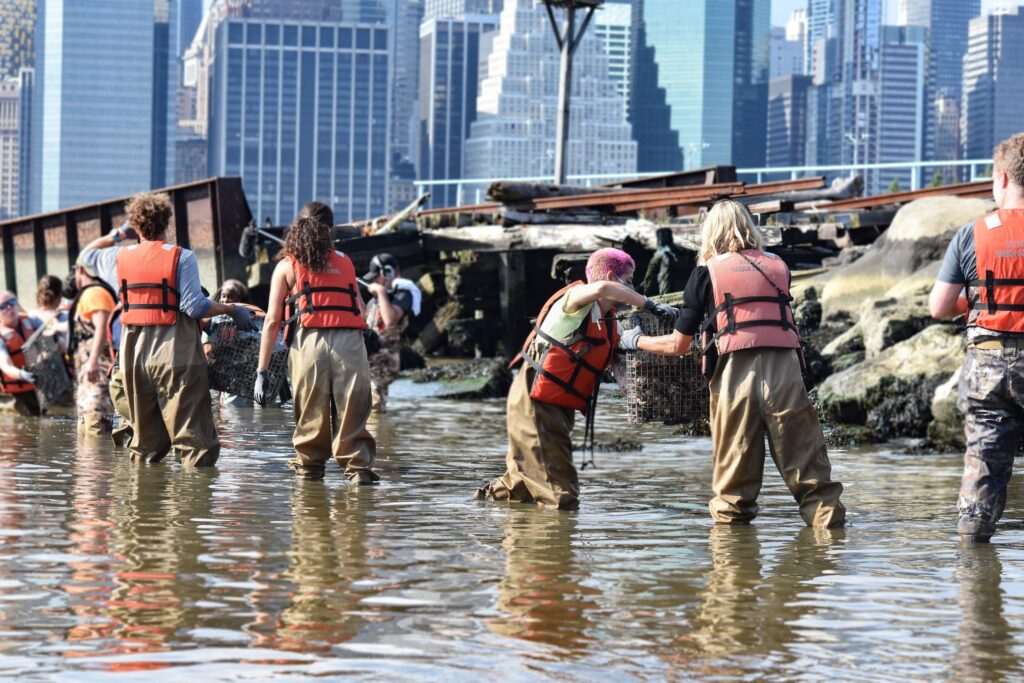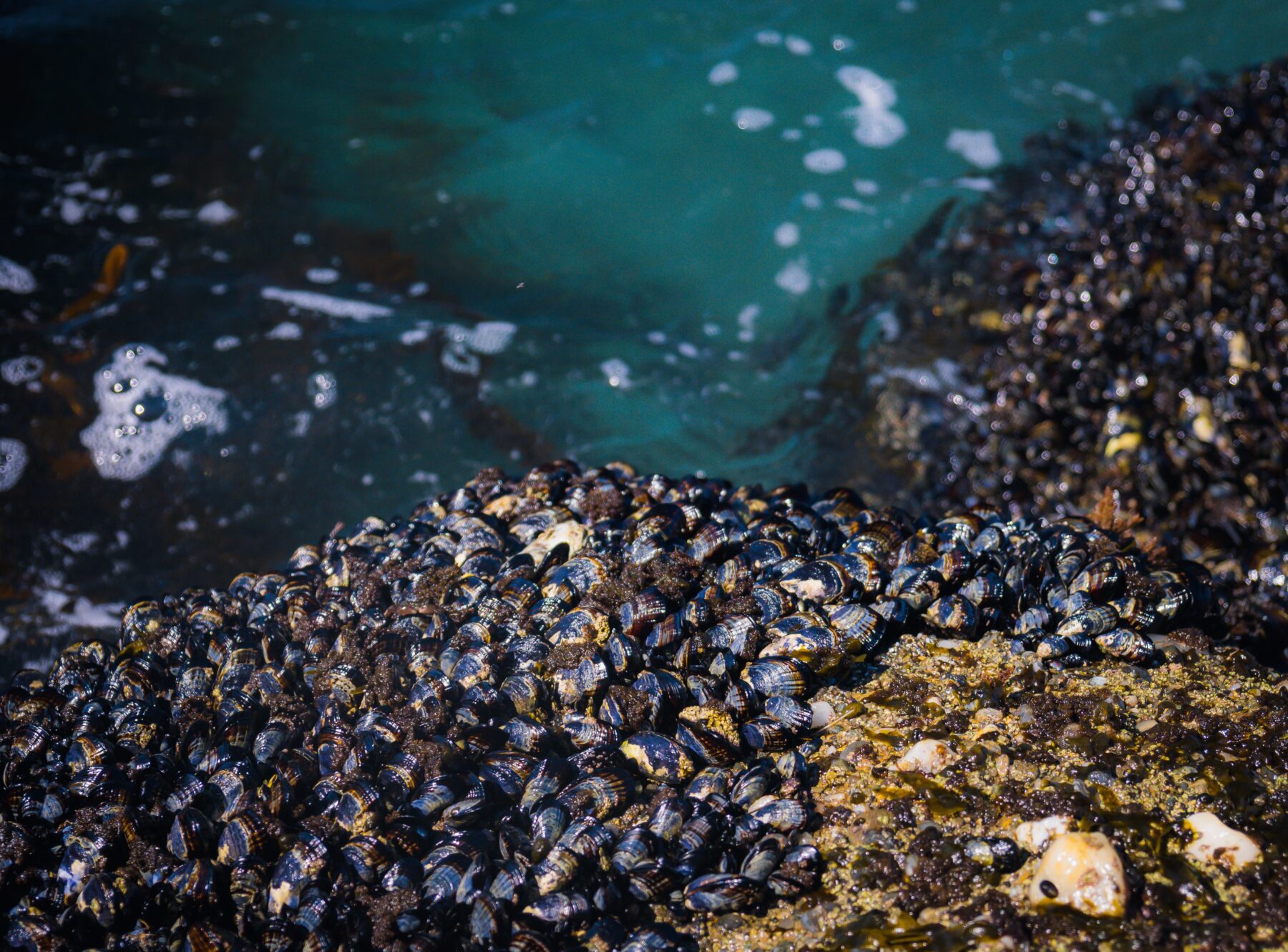The natural filtration power of bivalves — organisms such as oysters and mussels — is taking center stage in the fight to restore damaged waterways across the U.S. Along the Delaware River in Pennsylvania, natural restoration projects are focusing on the river’s plants and wildlife to improve the river’s quality. Scientists believe this back-to-basics restoration approach could have a major impact nationwide.
The Delaware River is the source of drinking water for more than 15 million people, including Philadelphia. Even 50 years after the passage of the National Clean Water Act, its ecosystem is still struggling, and parts of it are unusable and inaccessible to those that live nearby. It’s a story that repeats itself in river systems across the country.
Bivalves and mussels naturally act as filters, removing pollutants and restoring water clarity by eliminating suspended pollutant particles floating throughout. This process lets light move further into the water, improving clarity and quality.
“[Bivalve ecosystems are] big conveyor belts for material moving from the water column, where it’s a pollutant, to either transforming it, so it’s not as polluting or locking it away,” said Danielle Kreeger, science director of the Partnership for the Delaware Estuary.
Photo Courtesy Jo EL
In many cases, waterways have been altered by dredging or chemicals for a century or more, killing off these vital organisms. However, in places where small communities can begin to take hold, more bivalve beds are being added to river systems. Those structures then start their work: helping to hold sediments in place and creating a sustainable, circular system where quality improves significantly.
“Why not take the functional advantage of plants and animals that are naturally resilient and rebuild them?” said Kreeger. “Then you get erosion control, water quality benefits, fish and wildlife habitat, as well as better access for people.”
Photo Courtesy Partnership for the Delaware Estuary
The Delaware Estuary project and the Pennsylvania Infrastructure Investment Authority recently signed a multi-million dollar funding agreement for a large-scale mussel hatchery and research center. The re-introduction of bivalves and mussels is happening in other bodies of water, including New York Harbor, Chesapeake Bay, Tampa Bay, and the California coast. Everyone from various nonprofits, universities, and local, state, and federal agencies is trying the approach.
In New York Harbor, the Billion Oyster Project has focused on restoring the harbor’s once enormous oyster beds, using more than 10,000 volunteers and 6,000 students. Across the country, The California Ocean Protection Council’s 2020 strategic plan hopes to restore and preserve 15,000 acres of seagrass beds and cultivate hundreds more over the next two years.

Photo Courtesy Billion Oyster Project
Though areas in many American watersheds are too contaminated to support bivalve life, scientists are finding communities thriving in stretches of rivers and oceans once thought too polluted.
As companies back off dredging, filing, and chemical runoff, the organisms are returning: cleaning these natural waters drop by drop.“In many areas, water quality has come back enough, and habitat is stable enough that you can rebuild,” Kreeger added. “We’re restoring nature’s ability to keep itself clean.”





